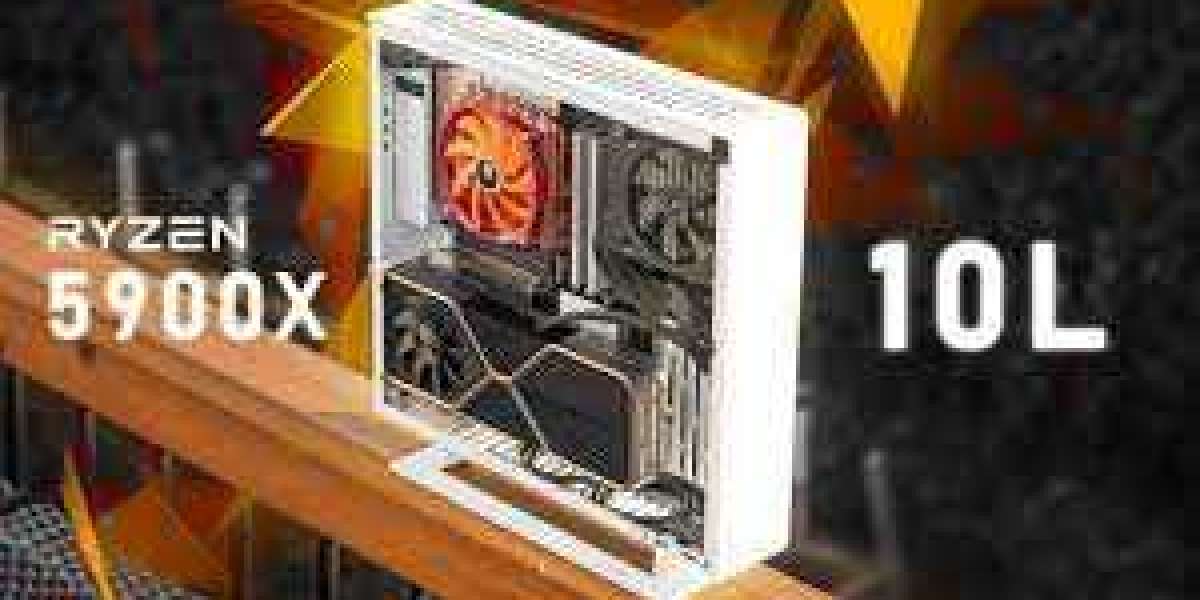As technology continues to advance, the demand for smaller, more compact PC builds has increased. The smallest ATX case, once the standard for computer builds, is now available in smaller and more compact sizes. In this guide, we will explore the world of miniature ATX cases, also known as micro-ATX cases. From size comparisons to compatibility issues, we will cover everything you need to know before choosing the perfect miniature ATX case for your next PC build.
Introduction
In recent years, smaller and more compact computer builds have become increasingly popular. While mini-ITX cases have been around for some time, many people prefer to use a larger form factor for their builds. The ATX case, traditionally the standard for computer builds, is now available in smaller and more compact sizes. These miniature ATX cases, also known as micro-ATX cases, are perfect for those who want a smaller build without sacrificing performance.
What is an ATX case?
Before we dive into miniature ATX cases, let's first explore what an ATX case is. The ATX case, which stands for Advanced Technology eXtended case, is a standard for computer cases that was introduced in 1995. The ATX case is larger than mini-ITX and micro-ATX cases, allowing for more components and better cooling options.
Size Comparison: ATX vs Micro-ATX
Micro-ATX cases are smaller than traditional ATX cases, but how much smaller are they? The most significant difference between an ATX case and a micro-ATX case is the size. A typical ATX case measures 12 x 9.6 inches, while a micro-ATX case is 9.6 x 9.6 inches. This may not seem like a significant difference, but it can make a big impact on the overall size of your build.
Benefits of Using a Micro-ATX Case
Using a micro-ATX case has several benefits over a traditional ATX case. Firstly, a smaller case takes up less space, making it ideal for those with limited desk space or for those who want a portable computer. Additionally, smaller cases are often cheaper than their larger counterparts. Finally, a smaller case can be easier to build in, as there is less space to fill and fewer cables to manage.
Compatibility Issues with Micro-ATX Cases
While using a micro-ATX case has many benefits, it's important to note that there may be compatibility issues with some components. For example, not all motherboards are compatible with micro-ATX cases. Additionally, some graphics cards may be too large to fit in a micro-ATX case, limiting your options when it comes to choosing a graphics card.
Top 5 Smallest Micro-ATX Cases
Thermaltake Core V21: This case measures 13.2 x 12.6 x 16.7 inches, making it one of the smallest micro-ATX cases available. It has a cube design, allowing for easy access to components and plenty of space for cable management.
SilverStone Technology Fortress FT03B-Mini: This case measures 7.68 x 9.25 x 15.75 inches, making it the smallest micro-ATX case available. Despite its small size, it has a unique design that allows for excellent airflow and cooling options.
Fractal Design Define Mini C TG: This case measures 16.18 x 8.27 x 14.57 inches, making it slightly larger than some other micro-ATX cases.







